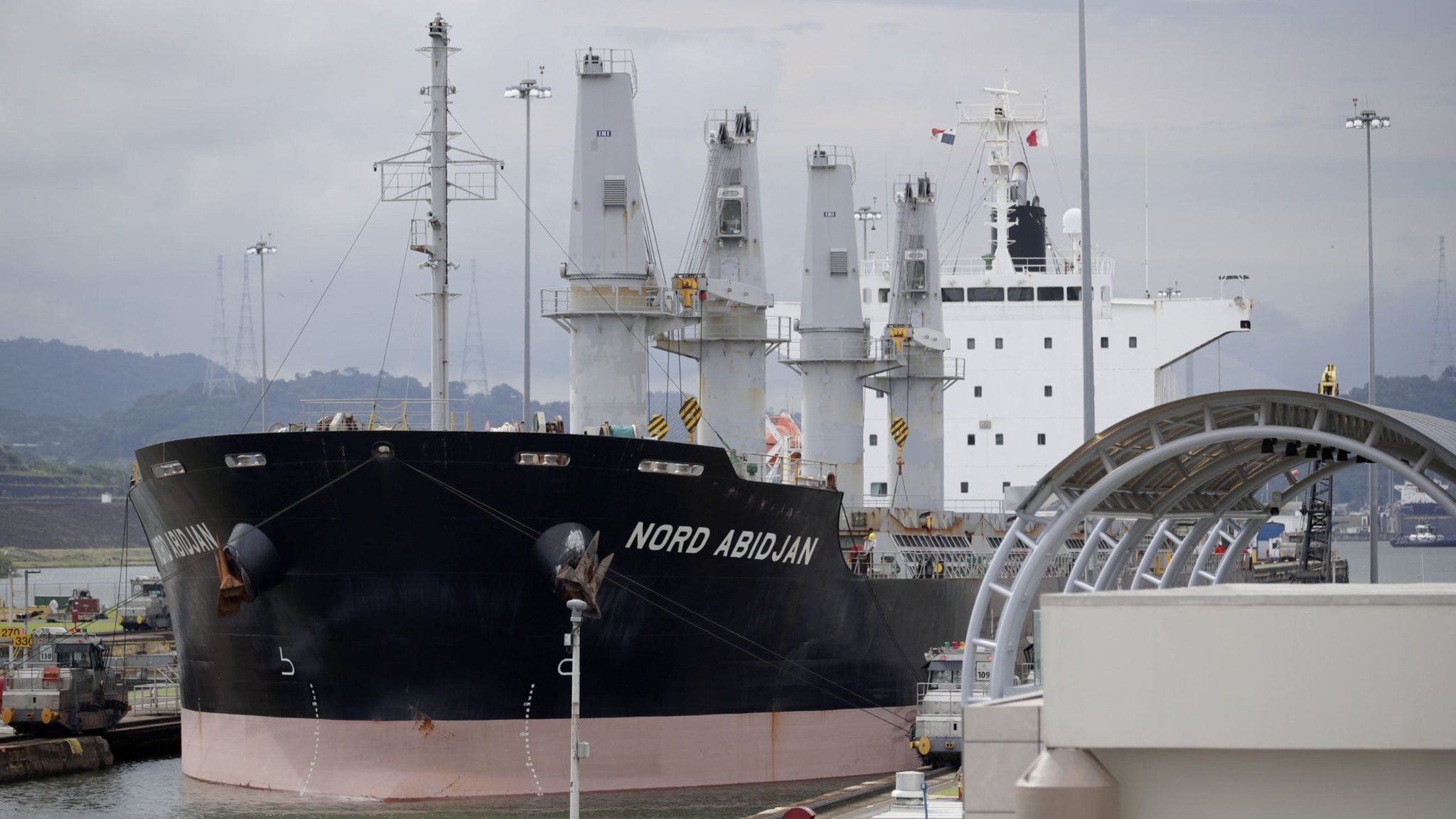-

-
-
Loading

Loading

The Panama Canal is facing a significant reduction in the number of ships using the waterway due to a severe drought. The Panama Canal Authority (ACP) announced that it has been forced to make this decision because October experienced the driest weather since records began in 1950. The current drought is believed to be a result of the El Niño weather phenomenon. This situation is expected to lead to an increase in the cost of shipping goods worldwide. The El Niño weather pattern is characterized by warmer-than-usual water in the central and eastern tropical Pacific Ocean and is contributing to the drought in Panama. The water levels in Gatun Lake, which is the primary source of water for the canal's lock system, have reached unprecedented lows for this time of year. To conserve water, the ACP has already implemented various passage restrictions, causing significant delays for ships waiting to use the canal. These delays have reduced the number of available vessels globally and subsequently raised shipping rates elsewhere. The US Energy Information Administration has documented record-high delays for gas transporters in Panama, resulting in increased shipping costs for liquefied gas from the US. In response to the worsening drought, the ACP has announced further cuts to the number of booking slots available for ships. Starting from November 3rd, the daily slots will be reduced to 25 from the already reduced 31 per day. Furthermore, over the next three months, the number of slots will be further reduced to 18 per day, starting from February 2024. The Panama Canal is facing one of the worst droughts in over 70 years, and it is expected that these measures will continue to impact shipping operations and increase global shipping costs.